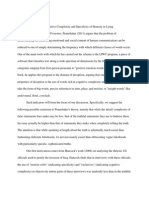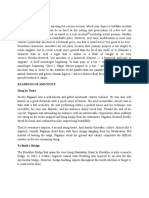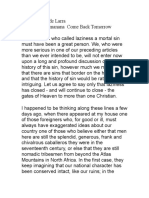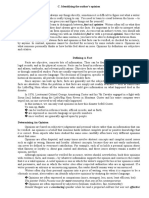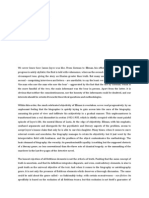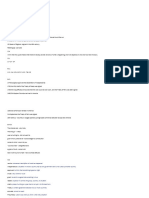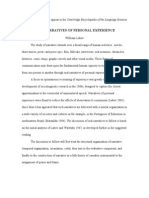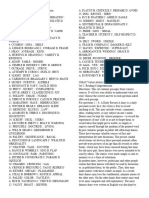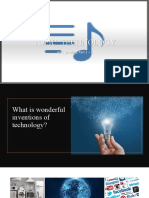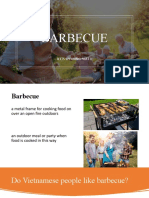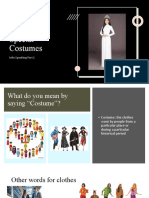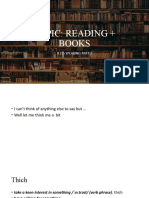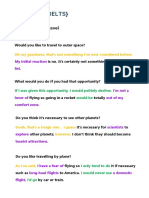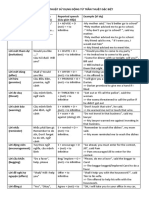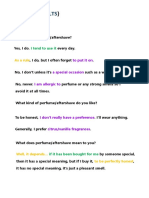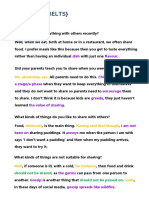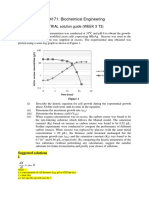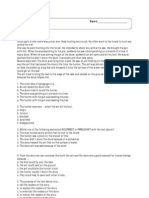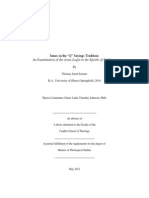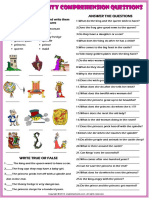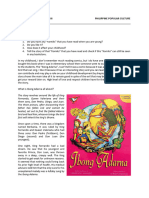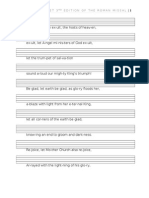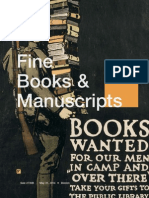0% found this document useful (0 votes)
64 views23 pagesMatching Heading
The document discusses the relationship between lying and artistic creativity. It notes that both lying and art involve crafting stories that are believable, and that they spring from a common neurological root. The document examines confabulation, an impairment where patients invent or fabricate memories, engaging in "honest lying" without intent to deceive. It suggests humans have an innate creativity and storytelling ability that can lead to both art and lying. While art involves consented deception within set rules, lying aims to deliberately mislead others.
Uploaded by
HannahCopyright
© © All Rights Reserved
We take content rights seriously. If you suspect this is your content, claim it here.
Available Formats
Download as PPTX, PDF, TXT or read online on Scribd
0% found this document useful (0 votes)
64 views23 pagesMatching Heading
The document discusses the relationship between lying and artistic creativity. It notes that both lying and art involve crafting stories that are believable, and that they spring from a common neurological root. The document examines confabulation, an impairment where patients invent or fabricate memories, engaging in "honest lying" without intent to deceive. It suggests humans have an innate creativity and storytelling ability that can lead to both art and lying. While art involves consented deception within set rules, lying aims to deliberately mislead others.
Uploaded by
HannahCopyright
© © All Rights Reserved
We take content rights seriously. If you suspect this is your content, claim it here.
Available Formats
Download as PPTX, PDF, TXT or read online on Scribd
/ 23
















